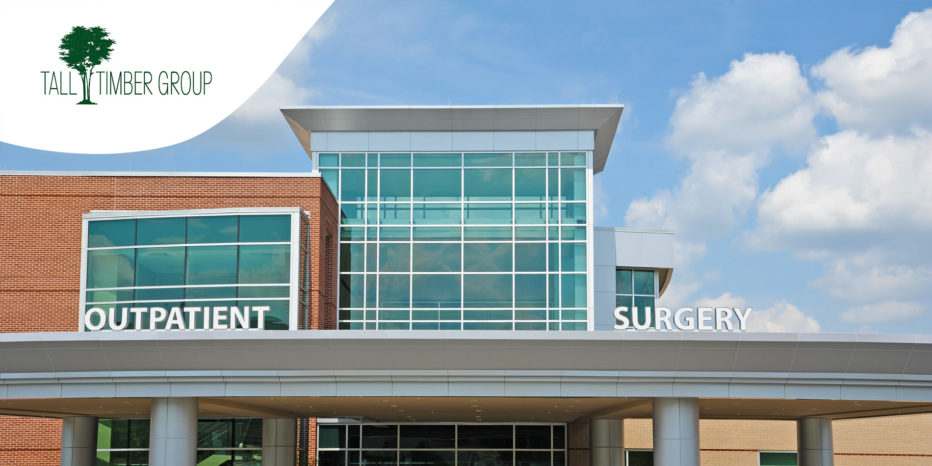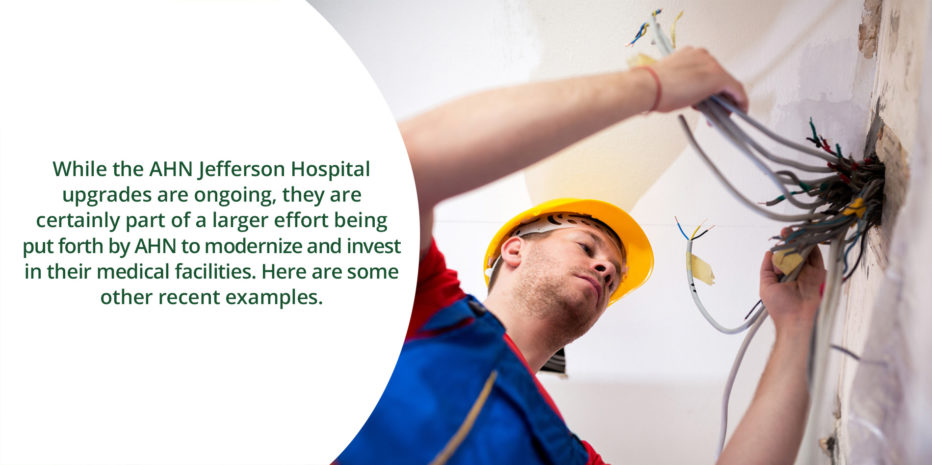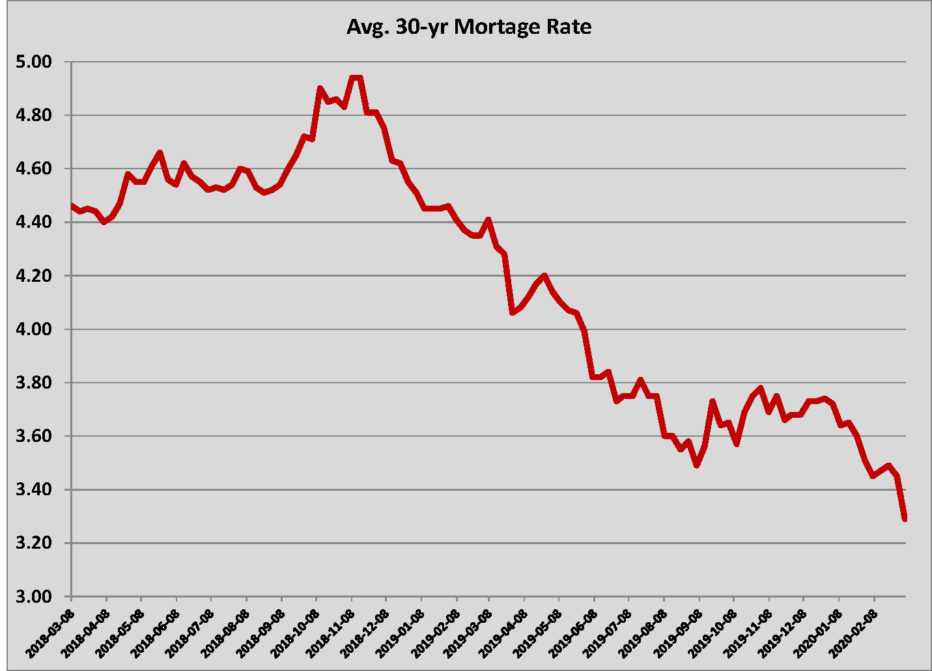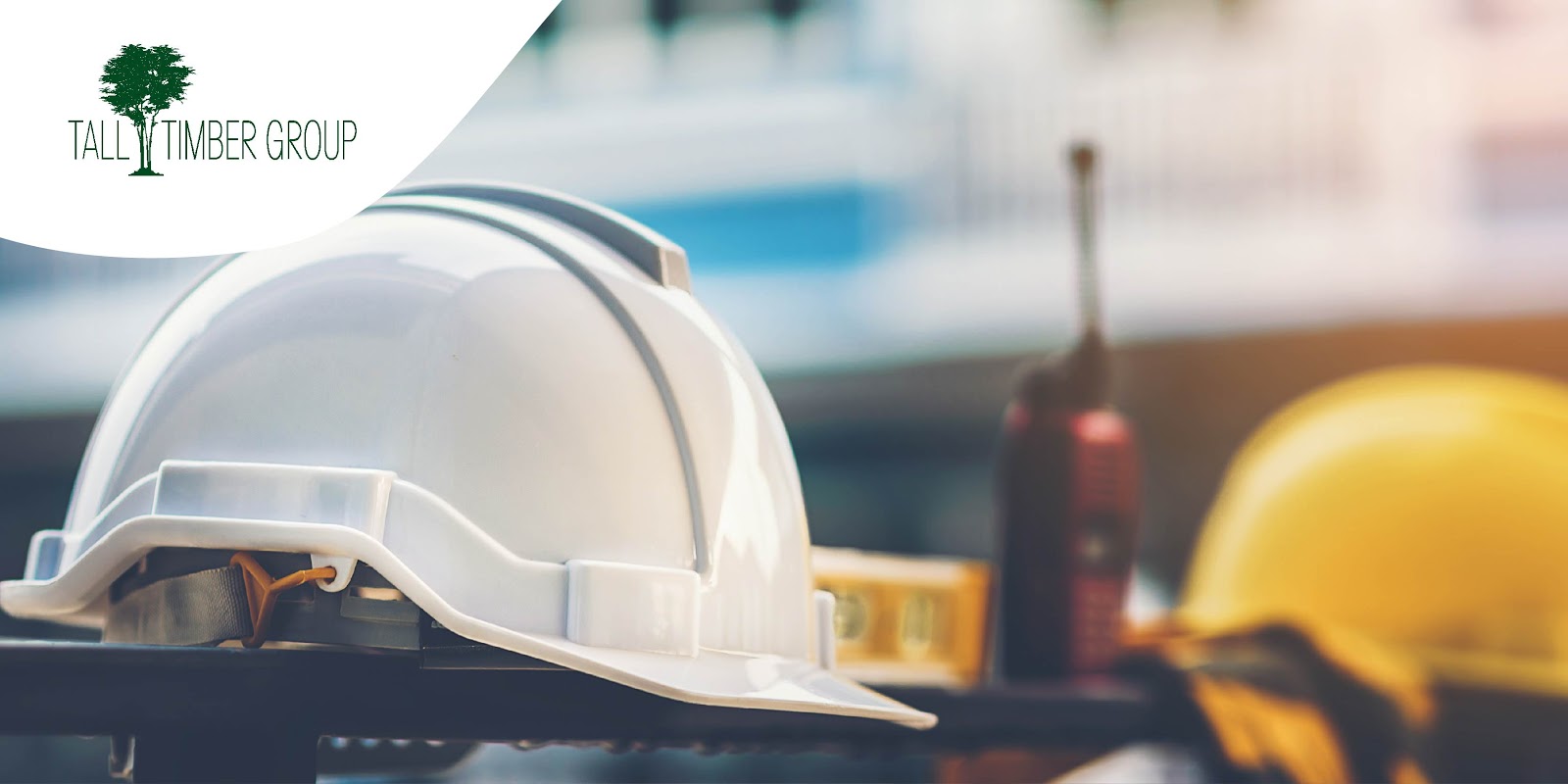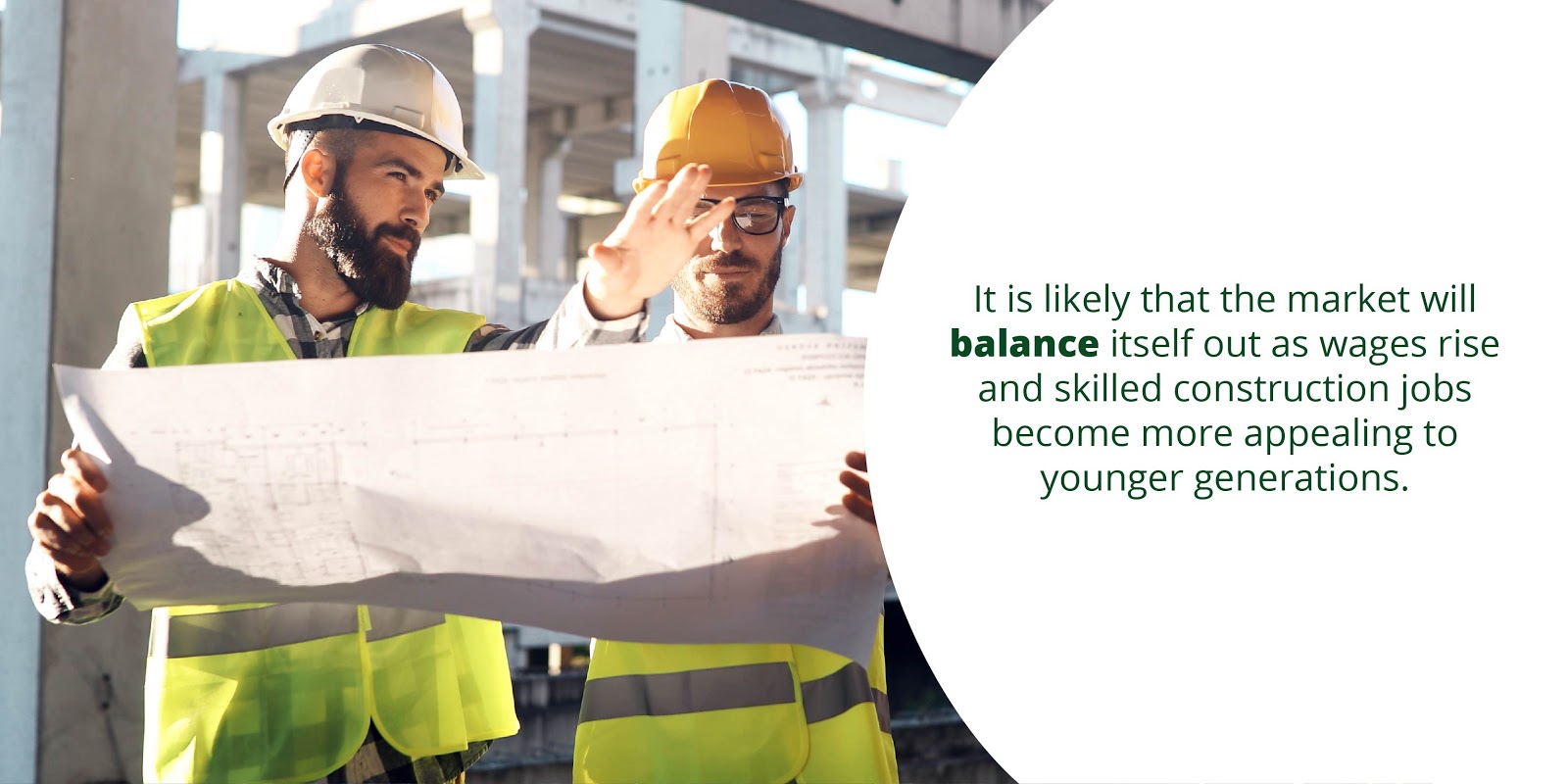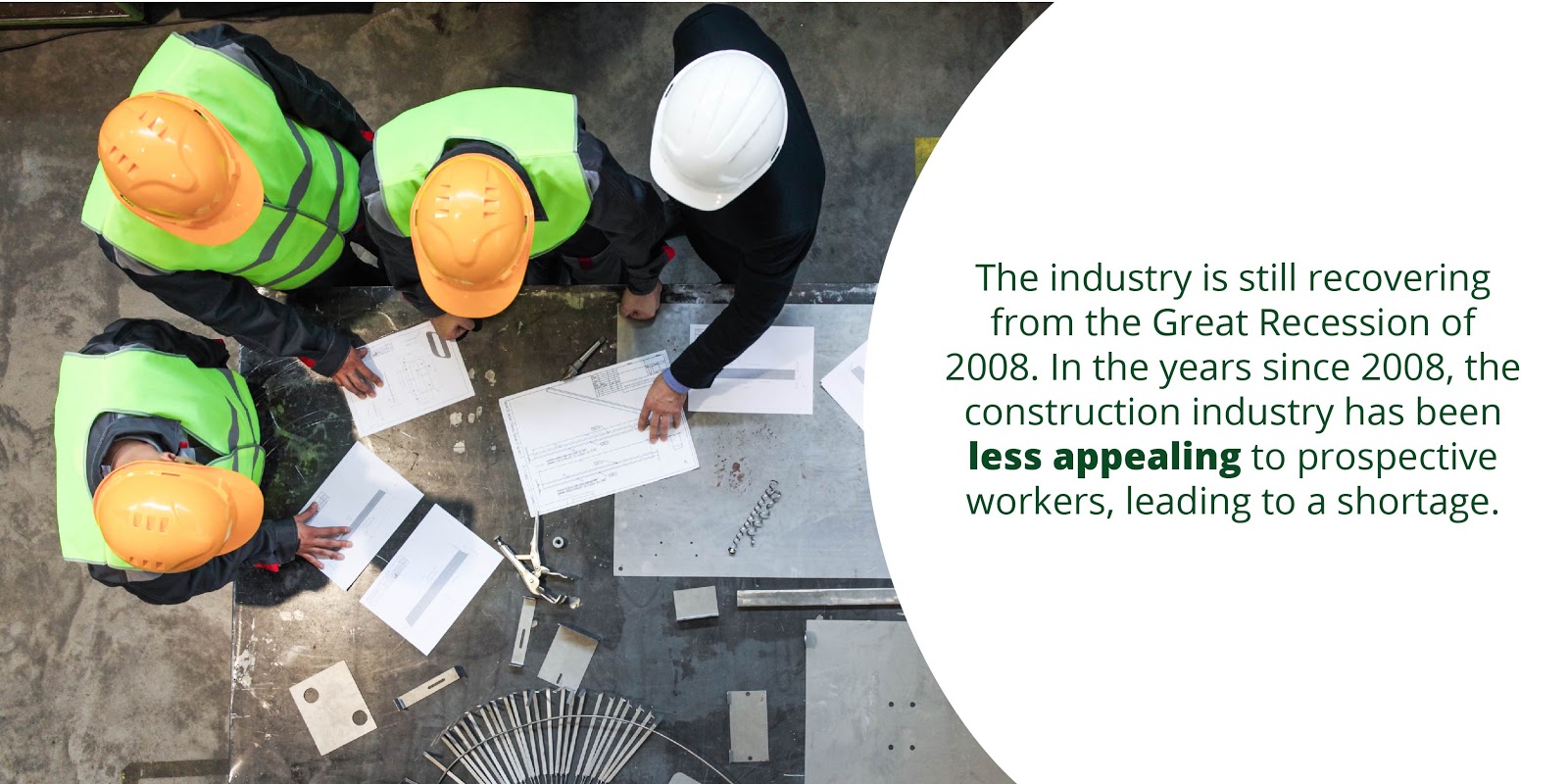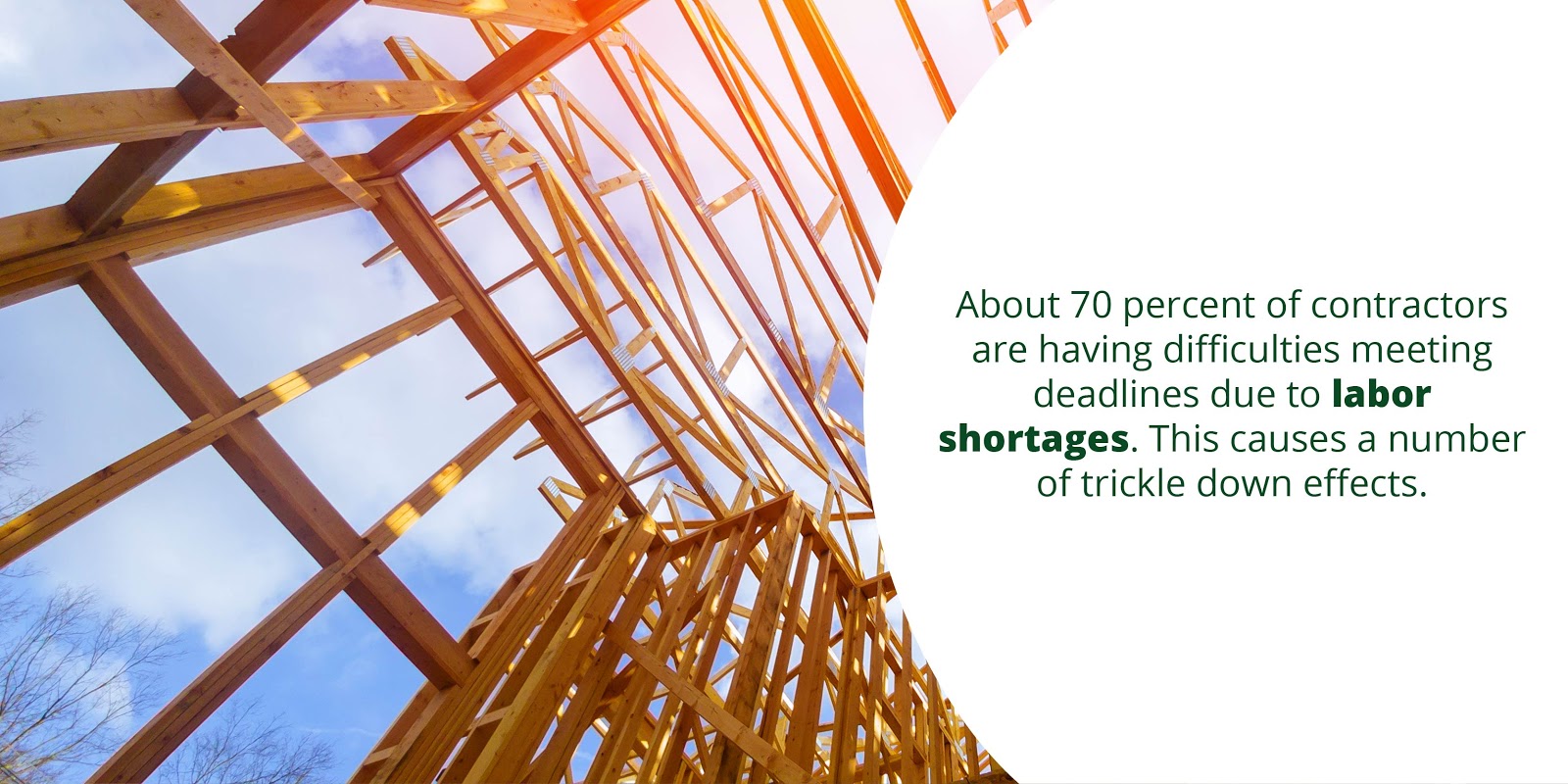The order to shut down all PA businesses except those that are life sustaining is a splash of cold water on the construction industry. While the order has caused dismay in parts of the industry, it has removed uncertainty about how construction companies should react to the pandemic. This week I’ve talked to a lot of old friends/customers and talked more than a few off the ledge. There is some comfort in not having to make the tough choice between keeping people working and keeping people safe from infection.
This week definitely had the feel of the first week of the financial crisis in mid- September 2008. There was bad news every day and the whole thing is evolving rapidly. We’re in the fear phase of the crisis. We don’t know what’s about to happen and we don’t know what will solve the crisis. Judging from the data from other countries where the outbreak happened first, we’re going to get worse news next week and maybe worse the week afterwards. And that’s only if we get the ability to start testing widely. At the same time, the bad news about how the infection is spreading should not be a surprise. COVID-19 will behave much the same way in the U.S. as in other countries. After a few weeks, we will begin to accept the news and the fear of the unknown (at least) should recede.
There was an interesting graphic I saw this AM, maybe on Twitter? It showed the rapid increase in research on COVID-19, which looked very much like all the graphs on the rapid spread of the virus itself. There is a cottage industry of sorts blossoming in coronavirus articles. It reminds me of the flood of research and articles during the financial crisis, many of which had the same feel as those today that predict how this virus will develop. All of those articles – about the huge toxic asset balance, the trillions in CDOs, or the tidal wave of refinancing that would break the market in 2012 and 2013 – were based in reality in 2008. All were also ultimately wrong. Why? Things changed.
Setting aside articles written from one bias or the other, many well-meaning nand bright people are going to write predictions about how another wave of infections is coming, or how the virus will mutate and return in 2021, or how it will all blow over in 45 days. We don’t know enough about COVID-19 to make predictions. We also don’t know what will change with a little more time. Really smart people are trying to develop treatment or vaccines. Applying the same assumptions to this effort as if people were trying to develop an acne medicine is foolish. Maybe COVID-19 can’t be treated but the evidence suggests that a vaccine is possible. I’m betting that the trial period won’t be too long. Don’t put too much stock in predictions when we know things are going to change.
One article I do suggest you read is this article by a bunch of engineers and doctors that are trying to draw conclusions from what little data we have. The goal: buying more time.
 Speaking of buying time, while you are waiting for the March/April BreakingGround to appear at your office, you can get a peak at it online at the Tall Timber Group website. We take a whack at trying to update you on the economy in a rapidly-changing environment.
Speaking of buying time, while you are waiting for the March/April BreakingGround to appear at your office, you can get a peak at it online at the Tall Timber Group website. We take a whack at trying to update you on the economy in a rapidly-changing environment.

